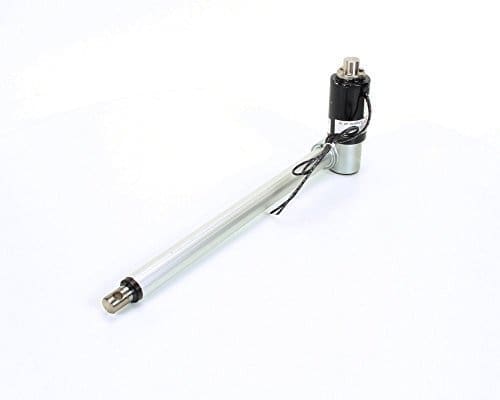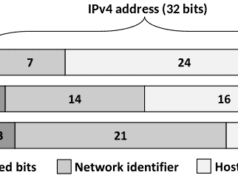We usually care about what we do with our home, as it is a place of comfort, protection, and tranquility. As time went on, we started to think about some home upgrades and improvements to make regular life and home environment even snugger. Many interesting automated home projects can be implemented only by using linear actuators. This simple and effective tool can meet all the needs homeowners may have.
To select the most eligible actuator which will serve your needs effectively, it is critical to learn the information about several special aspects. If you are interested in the following topic, visit the website to be aware of all the essential factors before application. Active speed, load limit, surrounding, stroke positioning, orientation, and additional factors are to be considered while choosing a proper actuator.
In case you want to carry out the home automation project yourself, you have to know for sure which type of actuator will be compliant with your device or object. Typically the producers of actuators for versatile purposes, including home automation ideas, provide in-depth instruction for the convenience of users. Though for the sake of correct application of this information, the user will need to have knowledge concerning several factors important for taking into account. To help you with that, the following are the essential features you will want to focus on.
Dealing with home automation, people invent whatever they want to create in their living spaces. You can apply linear actuators for diverse ideas. There are only two things that can make you stop, your imagination and wallet. A bit of technical experience, good taste, and all your creative ideas can turn your abode into a new modern and functional living space.
Where is it possible to use linear actuators for home application?
Today’s homeowners apply linear actuators in the following home automation projects:
- Motorized doors and windows to make the home more comfortable and safe;
- TV lifts are extremely popular today as they allow to add extra space and a certain tone of style;

- Standing desks to work conveniently at any place you need and adjust height and width the way you find healthier for you;
- A bed lift can bring you an additional storage place and a new functional feature;
- Automated cabinets and racks to make your kitchen more organized and unclutched;
- A linear actuator setup can increase the efficiency of your solar panel.
It’s time to analyze the work of linear actuators, their capabilities, and specifications to point out key factors which influence the choice of the right tool.
Be careful when calculating the load
It comes to the load the selected actuator will need to carry: generally, people think they should know only the weight of the item to be moved. It is a mistaken consideration to choose for your 6 kg TV screen the actuator with the related capacity to hold something about the same weight. In order to perform a real calculation of the load value, please ponder on:
- The place of actual installation;
- The type of actuator positioning (upstanding or horizontal);
- Force of friction;
- A load of acceleration;
- Its weight.
To determine the value of load for the actuator of an electric type, it is necessary to use special formulas. If you are not familiar with these standard calculations, please ask a related expert for help.
Positional Precision is essential
The following aspect is more important for the installation of actuators, for example, in the area of medicine. Speaking about home projects, it might be not so substantial to take this fact into consideration, but still, a lot depends on the proposed object of control. A linear actuator should comply with these criteria:
- The accuracy of motion and setup;
- Easy running;
- Movement directness;
- Motion smoothness.
All these nuances are critical if you consider the usage of linear actuators in industrial areas or for some sophisticated home automated projects.
The environment of the actuator’s installation directly influences the level of protection
It is not a secret that depending on the environment of the application; we start to consider the selection of appropriate elements. If you plan to install your linear actuator outside of the house, you will definitely need an additional protection level. At the same time, we usually choose weatherproof items for outdoor design projects. If you decide to deal with an electric linear actuator, you will take into account its level of protection.


Typically, everyone can identify the rating of the protection level through the specific numbers and letters which are always indicated there. You can understand the actuator’s resistance against different dry substances due to the first number, while the second number tells us concerning the level of protection against liquids.
It means that if you see the first number, which is simply 0, you will be informed that your actuator can not work in an environment of constant dust. The highest level of protection is indicated as number 6. With number 1 (second number), you will immediately get that you can not install this tool in the surroundings of high humidity levels. But, if it is 9, the actuator will work well in any weather environment. The included letter also means some peculiar aspects.
Linear actuators are ultimate in versatile home automation projects. If you select the actuator properly and apply it corresponding to the indicated above factors, you will obtain the best technical upgrade ever, which will be reliable and effective.
Author: Hayley Mann is a technology enthusiast specializing in automation methods of ergonomics devices. Her engineering background helps her to create interesting articles on technical topics, making them understandable for all readers.
Featured Photo by TheStandingDesk.com on Unsplash




